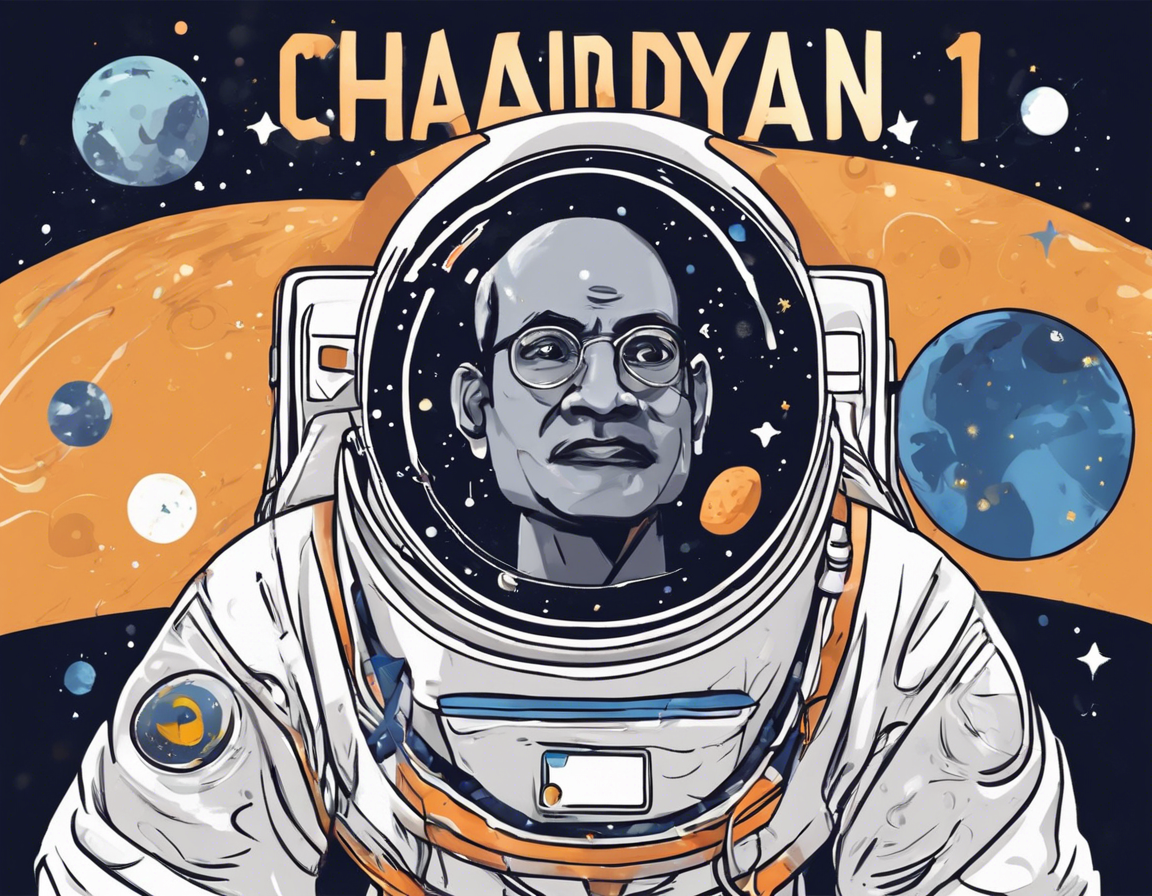Chandrayaan-3: A Deep Dive into India’s Lunar Mission
India’s space exploration program has been making significant strides in recent years, with missions like Chandrayaan-1 and Chandrayaan-2 capturing global attention and admiration. Chandrayaan-3 is the latest endeavor in this ambitious journey to study the moon and beyond. In this comprehensive article, we will delve into the details of Chandrayaan-3, its objectives, key players, challenges, and what we can expect from this mission.
Understanding Chandrayaan-3
Chandrayaan-3 is India’s third lunar exploration mission, following the successful Chandrayaan-1 mission in 2008 and Chandrayaan-2 in 2019. The primary objective of Chandrayaan-3 is to demonstrate the country’s capability to land on the moon’s surface and conduct scientific experiments. The mission will focus on exploring the south pole of the moon, building upon the discoveries and data gathered from previous missions.
Mission Objectives
-
Lunar Surface Exploration: Chandrayaan-3 aims to study the lunar surface composition, mineralogy, and topography to enhance our understanding of the moon’s geology.
-
Technology Demonstration: The mission will test India’s capabilities in soft landing on the moon, a crucial step towards future manned missions and deeper space exploration.
-
Scientific Research: Chandrayaan-3 will carry a suite of instruments to analyze the lunar soil and conduct experiments to unlock mysteries of the moon’s history and evolution.
Meet the Head Scientist
Dr. Kailasavadivoo Sivan, popularly known as the “Rocket Man of India,” is the key figure leading the Chandrayaan-3 mission as the Chairman of the Indian Space Research Organisation (ISRO). Dr. Sivan, an accomplished aerospace engineer, has played a pivotal role in shaping India’s space exploration program and has been instrumental in the success of previous missions.
Dr. Sivan’s Vision for Chandrayaan-3
In a recent interview, Dr. Sivan expressed his enthusiasm for Chandrayaan-3, emphasizing the mission’s significance in India’s space journey. He highlighted the advancements in technology and the meticulous planning that has gone into ensuring the success of the mission. Dr. Sivan’s leadership and expertise are expected to steer Chandrayaan-3 towards a successful mission outcome.
Key Challenges and Innovations
Landing Precision
One of the key challenges in lunar missions is achieving a precise landing on the moon’s surface. Chandrayaan-3 will leverage advanced guidance and navigation systems to ensure a soft landing, overcoming the challenges faced during the Chandrayaan-2 mission.
Payload Integration
Integrating a diverse range of scientific instruments and payloads into the spacecraft poses a significant technical challenge. Chandrayaan-3’s payload integration process has been meticulously planned to optimize the mission’s scientific output and operational efficiency.
What to Expect from Chandrayaan-3
As Chandrayaan-3 prepares for its launch, expectations are high for another successful Indian lunar mission. The mission is set to expand our knowledge of the moon’s composition, geology, and evolutionary history. With advancements in technology and lessons learned from previous missions, Chandrayaan-3 is poised to make significant contributions to lunar exploration and pave the way for future space missions.
Frequently Asked Questions (FAQs)
1. When is Chandrayaan-3 expected to launch?
Chandrayaan-3 is expected to launch in 2022, with specific dates to be announced by ISRO closer to the launch window.
2. What are the key differences between Chandrayaan-2 and Chandrayaan-3?
Chandrayaan-2 had an orbiter, lander, and rover components, while Chandrayaan-3 will focus solely on the lander and rover for a soft landing on the moon.
3. What are the main scientific objectives of Chandrayaan-3?
Chandrayaan-3 aims to study the lunar surface composition, mineralogy, and topography, as well as demonstrate India’s capabilities in soft landing technology.
4. How will Chandrayaan-3 contribute to India’s space exploration program?
Chandrayaan-3 will build upon the successes of previous lunar missions and further enhance India’s space exploration capabilities, laying the groundwork for future missions to the moon and beyond.
5. Who are the key scientists and engineers involved in Chandrayaan-3?
Apart from Dr. Kailasavadivoo Sivan, several scientists and engineers from ISRO and collaborating institutions are playing crucial roles in the Chandrayaan-3 mission, contributing their expertise to ensure its success.
As India’s space exploration program continues to reach new milestones, Chandrayaan-3 stands as a testament to the country’s growing prowess in space technology and science. With Dr. Sivan at the helm and a dedicated team of scientists and engineers, Chandrayaan-3 is poised to make history and unravel the mysteries of the moon like never before.

